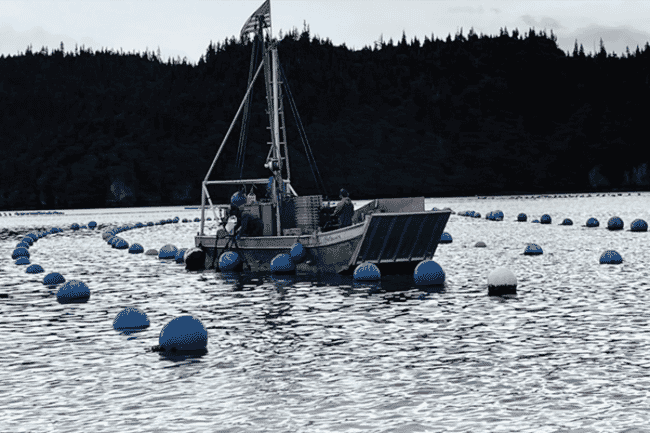
The report, details the key discussions and outcomes from two workshops held earlier this year. The first workshop took place on 26 February 2024 in Anchorage, followed by a second event on 26-27 March 2024 in Juneau.
These workshops aimed to enhance the ongoing process of identifying potential AOAs within Alaska’s state waters. They brought together a diverse range of stakeholders, including Alaska Native communities, local authorities, industry representatives, environmental groups, scientists, and both state and federal officials.
Key objectives of the workshops included increasing transparency, documenting data gaps, and bolstering local capacity to support future aquaculture planning. Participants also had the opportunity to review and discuss NOAA’s spatial planning methodology, as well as the available spatial data relevant to Alaska’s AOA study areas.
Attendees explored six key ocean sectors during the workshops:
- Boundaries
- Oceanographic and Hydrographic data
- Natural resources
- Cultural and social resources
- Fisheries
- Industry and navigation
Of these sectors, discussions around natural resources and cultural and social resources were particularly active. Participants identified a number of data gaps and potential leads, which are detailed in the report. These insights are intended to guide ongoing planning efforts and improve the quality of the spatial analysis for the AOAs.
Alicia Bishop, Alaska regional aquaculture coordinator for NOAA Fisheries, acknowledged the importance of the contributions made by workshop participants, noting that they have enabled NOAA to focus on filling data gaps and engaging further with the community. Bishop also indicated that the draft results of the AOA spatial analysis will be released for public comment in early 2025.
The findings from these workshops help ensure that developments in Alaska’s aquaculture are informed by a broad range of perspectives and data-driven insights.
